Pergola vs Gazebo: Building a DIY Pergola or Gazebo in Your Yard for Entertaining
It took a bit of searching, but you finally found the perfect house. There’s just one problem: the yard isn’t exactly inviting and you love to entertain! A fabulous backyard is an absolute must-have for your new home, but you have to work with what you have. To spruce it up, you’ve narrowed it down to just two possibilities: pergola vs. gazebo. But choosing isn’t easy and the right choice will vary depending upon your individual preferences.
I recently went through this exact experience and I spent a solid two weeks trying to decide which structure I wanted to build. I reviewed lots of plans and photos, but in the end, it was a few key considerations that helped me make my choice.
Pergola vs. Gazebo: Considerations When Choosing
Firstly, you’ll want to understand how a pergola and gazebo differ. Pergolas are typically comprised of posts that support an open, lattice-like rafter framework, whereas gazebos are usually more substantial structures. Your average gazebo usually has a circular, octagon or hexagon-shaped deck-style floor, encircled by railings or bench seating, with posts that support a full roof. So you’ll want to ensure you’re searching out plans for the right type of structure.
When it comes to your gazebo vs. pergola dilemma, you’ll want to consider the overall timeframe and complexity of the building process. That’s because the complexity will have a big impact on overall cost. This is particularly true if you opt to hire someone to perform the build instead of doing it as a DIY project. But even if you opt to take it on as a do-it-yourself project, you’ll want to know how many weekends you should set aside to get it done.
Generally speaking, gazebos are more complex than pergolas, in large part due to the more substantial roof (as well as the floor). Consider these points when trying to decide which yard structure is right for your needs:
- Seating: Your gazebo plans may include in-built seating (i.e., with bench seats affixed to the wall that forms the perimeter of the gazebo), whereas seating generally isn’t included in a pergola, so you’ll have to buy standalone seating for your pergola. However, OZCO does have a cool design that includes an in-built swing! Check out their detailed project plans here.
- Roofing: You’ll need to build a solid roof (with good integrity!) if you opt for a gazebo, whereas a pergola doesn’t require this. Due to the roofing aspect of this project, the skill level required to build a gazebo is a bit greater than the skill level required to construct a pergola. The lack of a solid roof on a pergola also gives it a more open, airy feel.
- Placement: Both structures are versatile in terms of their placement. Gazebos can be placed atop a deck, dock, or built as a stand-alone structure. A pergola can be attached to the house, fence or placed atop a deck or dock. A smaller pergola could even theoretically be moved.
- Finish and Hardware: You can match the wood finish and hardware of your pergola or your gazebo to nearby fencing or your home. It’s even possible to attach a pergola to your fencing for a cohesive feel. You’ll want to choose product lines that offer the right color and style, with high durability and quality so you don’t find yourself having to perform major maintenance just a year or two down the road.
- Furnishings: The gazebo’s solid roof lets you to choose from a broader range of outdoor furniture items since there will be less exposure to rain, sun, and other elements. On the other hand, pergolas don’t have a solid roof, so you’ll need to make sure your furniture is durable and outdoor-friendly.
- Usage: A gazebo can be used in all kinds of inclement weather, since this structure will have a solid roof. It’s also a good source of shade. Generally, pergolas aren’t ideal for use in rainy or very hot and sunny weather conditions, although pergola covers can offer some protection, particularly if you have an opaque, waterproof pergola canopy or a thick canopy of vines.
- Bug Control: If you live in a bug-prone region, you can add screening to keep your gazebo mosquito-free. While pergolas are more airy and open, you can add a cover that includes screened “walls.” But you should keep in mind that these covers can be pricey and they tend to last for just a few seasons before they degrade.
When you thoroughly consider these points, you’ll be well-positioned to decide which option is best suited to your needs. This way, you’ll maximize your chances of ending up with a great structure that really complements your yard and your lifestyle.
Tips and Tricks for Selecting the Right Plans, Materials, and Hardware
You’ll want to give a fair amount of thought to the size, style, materials and hardware used to create your gazebo or pergola. Consider these points when preparing for your DIY project:
- As mentioned above, cohesion is important when it comes to the structure’s overall appearance relative to nearby fences, your home, shed, and any other buildings. You probably won’t want an ornate, Victorian-inspired gazebo alongside a home with a super modern, minimalist design. So you’ll need to be sure that your selected style suits the overall look of your house.
- It’s also wise to seek plans that include photographs of the finished structure. This can give you a better idea for how it will look when it’s finished, along with some great ideas on how to finish and decorate.
- Make sure your gazebo or pergola plans are for a suitable size. For instance, dimensions of 20-by-15 feet may seem plenty large, but once you add in seating and other objects, it may feel far smaller. It can be useful to use some stakes and twine to map out the actual dimensions in your yard.
- Opt for high-quality hardware for your pergola or gazebo, as it’s the hardware that often deteriorates and fails before the wood or other materials degrade.
If you’re looking for more plans and inspiration, the team at OZCO has developed a large library of detailed plans (complete with material lists) for a wide variety of DIY projects, including lots of pergolas. I’ve used their designs for a few different do-it-yourself projects, including the one for my pergola. So there’s a good chance you’ll find building plans for the perfect structure to suit your one-of-a-kind style.
OZCO also carries lots of stylish ornamental hardware, which can give your project some added flare. Their hardware includes everything from brackets and wood ties, to truss accents and ties, rafter clips, truss base fans and lots of other durable-yet-aesthetically-pleasing items, like decorative inserts. I’ve also become very partial to their line of Lumber Shield oil wood stains and wood sealer, which is great for lots of projects, whether it’s a new pergola or gazebo, a new deck, or an arbor refinishing project. And if you run into a question, OZCO’s experts are easy to contact and happy to give you advice on any project you’re tackling this summer.

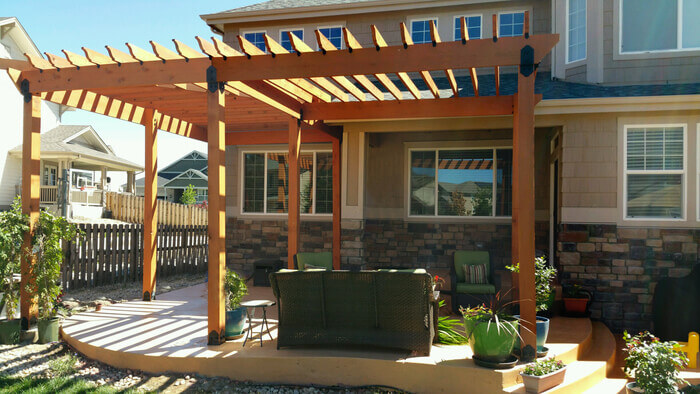
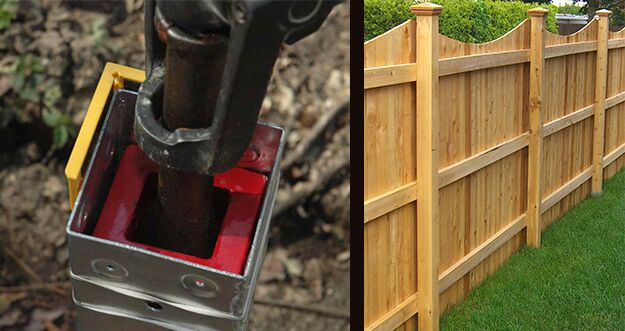


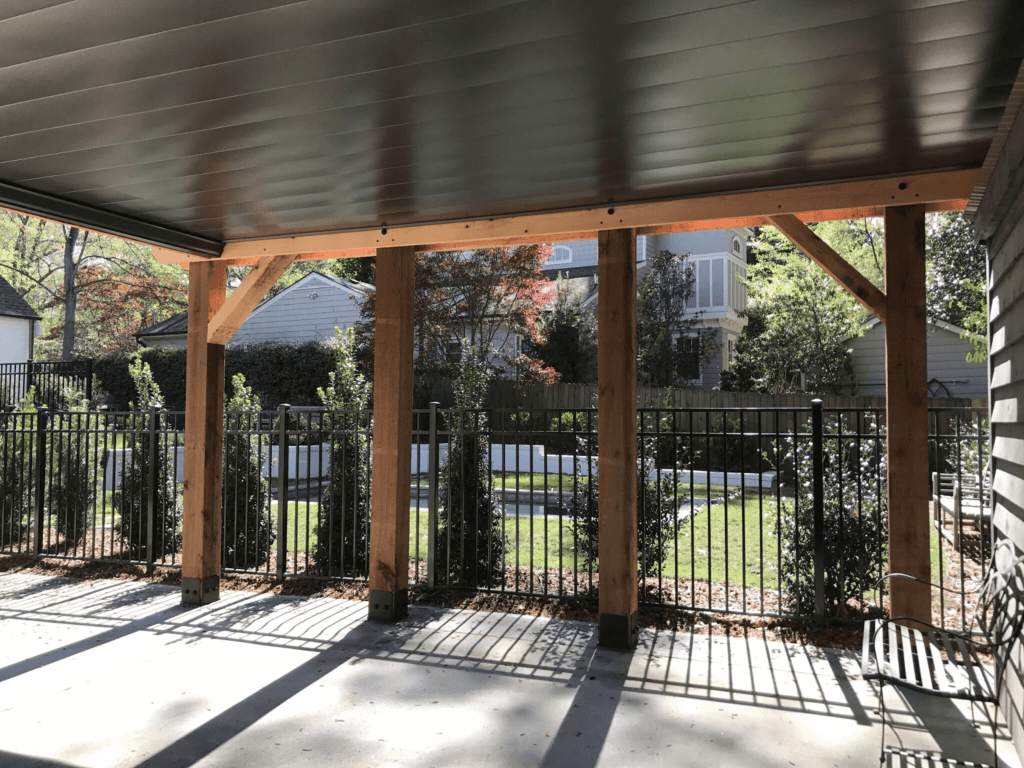


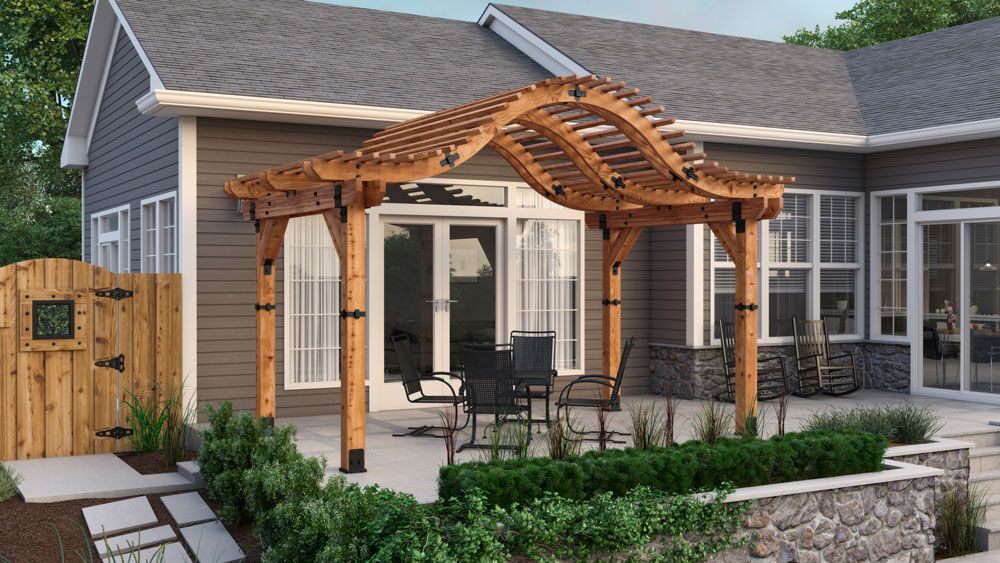


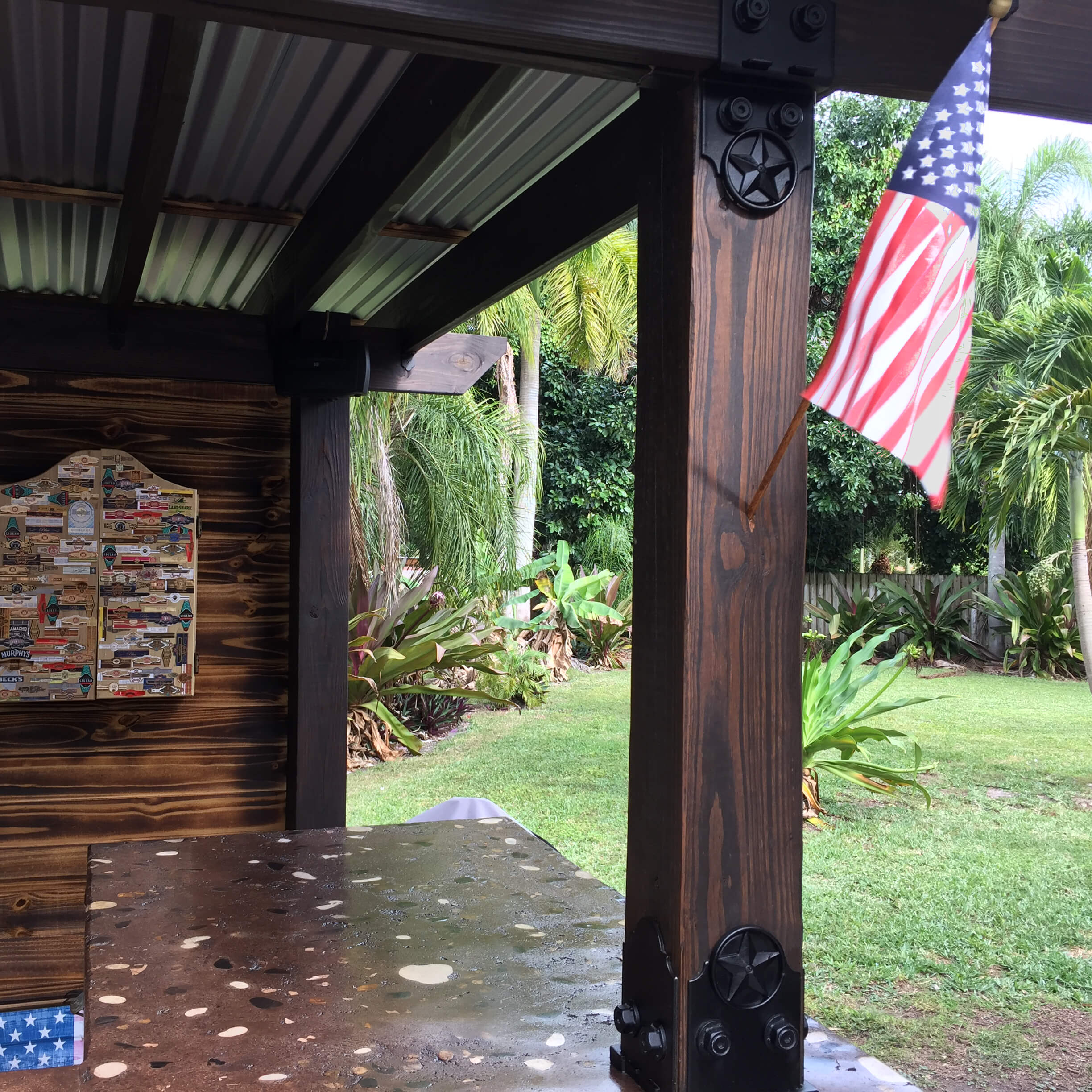
Leave a Reply